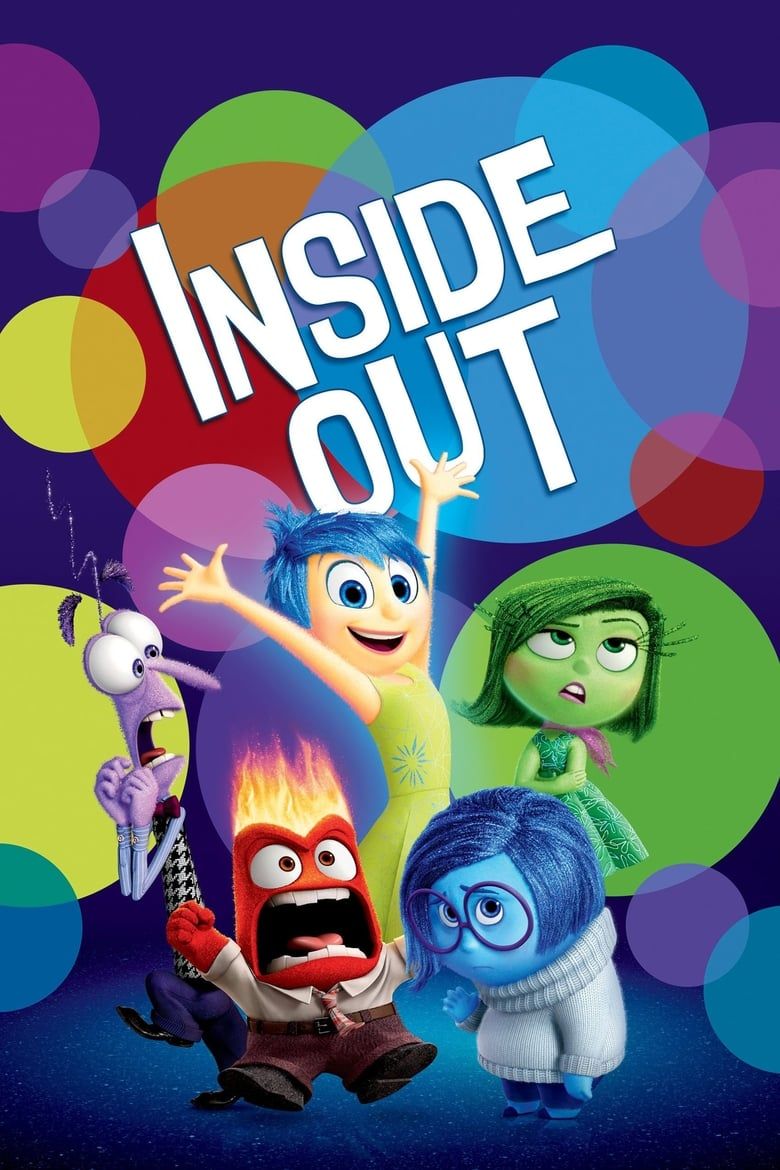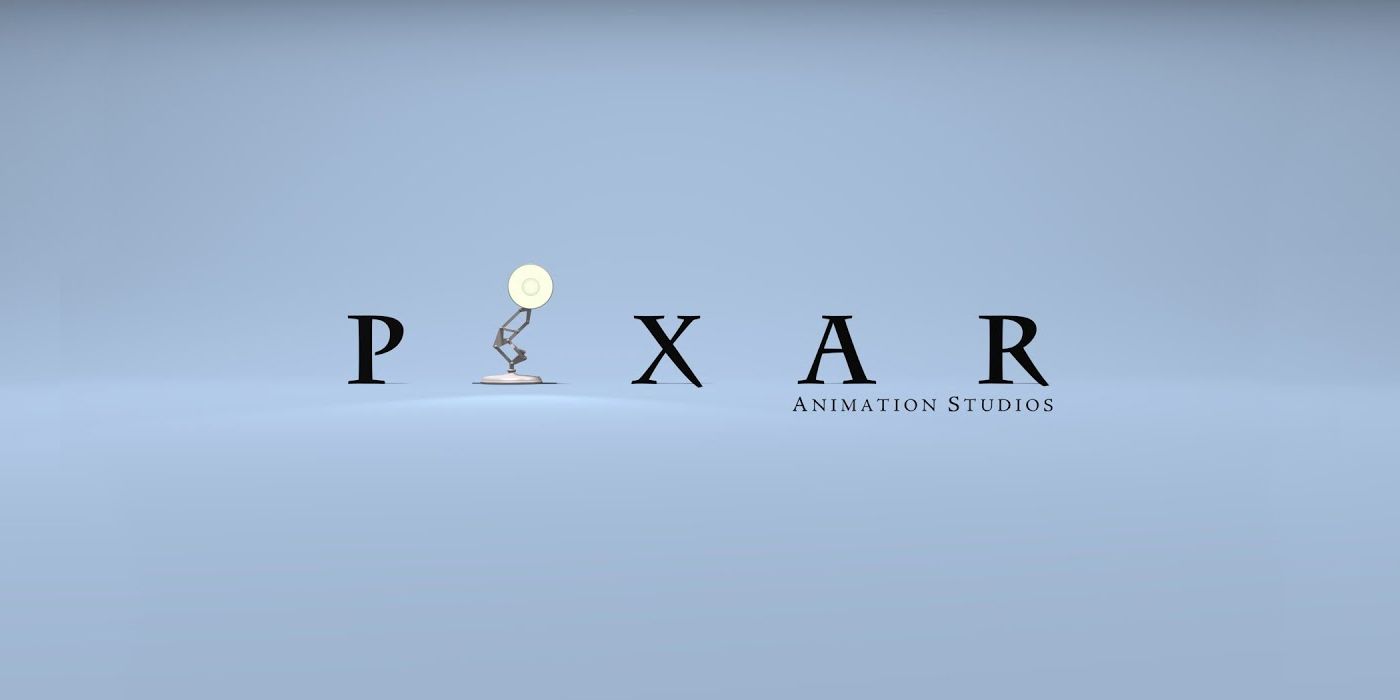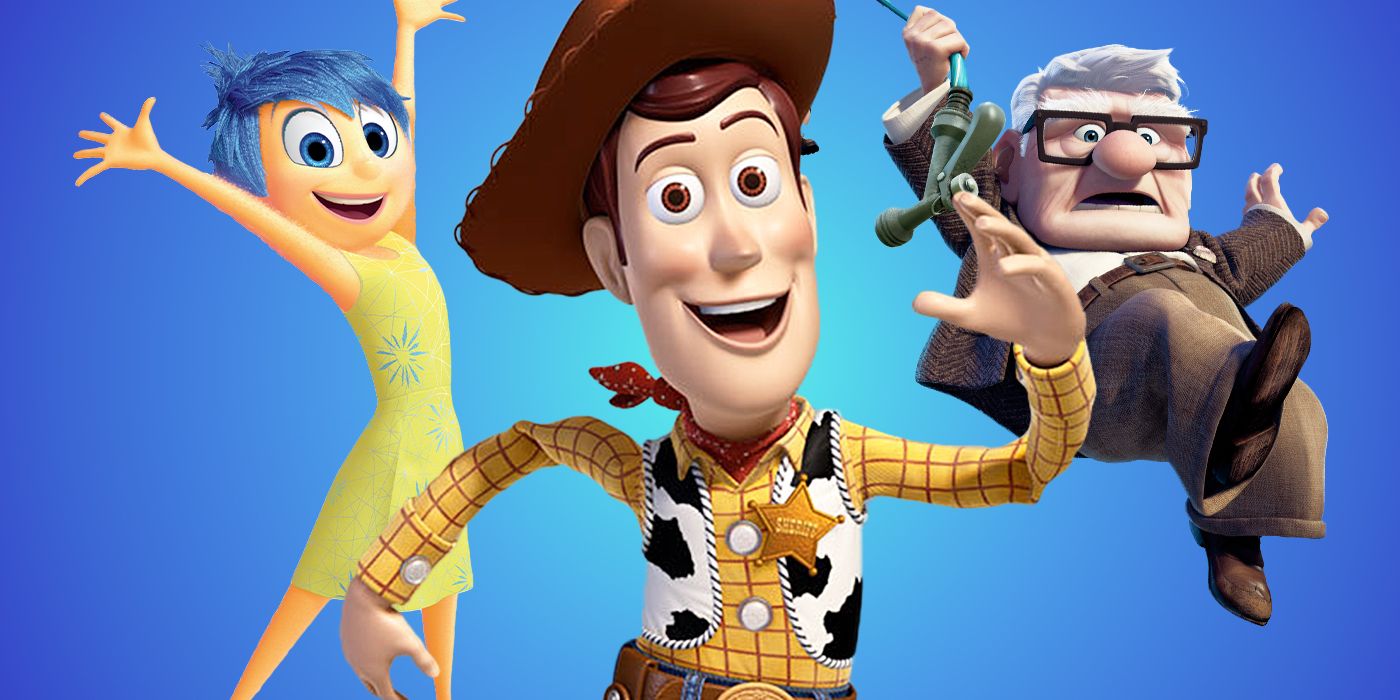June 19th marks the tenth anniversary of one of Pixar‘s most beloved films, Inside Out. The now-iconic animation followed the character of Riley (Kaitlyn Dias), an eleven-year-old girl whose family has recently been uprooted from Minnesota to San Francisco. This confusing and emotionally taxing transition in Riley’s life is explored through the eyes of her emotions, personified in the forms of Joy (Amy Poehler), Sadness (Phyllis Smith), Anger (Lewis Black), Fear (Bill Hader), and Disgust (Mindy Kaling). As Riley’s emotional state becomes more unstable, Joy and Sadness are sent on a wondrous adventure through Riley’s mind, as the film explores the necessity of emotions and the role they play in one’s development.
Ten years later, Inside Out remains one of the studio’s most complex and memorable entries in its storied thirty-year history of incredible animated movies. And while its 2024 sequel— the $1.7 billion-grossing Inside Out 2— was a wholly satisfying continuation of the groundwork laid by the original film, it brings up the long-standing discussion of Pixar’s future. As the studio begins to fall back on sequels and spin-offs of its most popular IP, audiences need more films like Inside Out now more than ever.
Pixar Has Slowly Been Shifting to a More IP-Driven Future
It should be noted that since Inside Out‘s release in summer 2015, the studio has not ceased making original projects altogether. The studio has, in fact, released eight original movies since, those being 2015’s The Good Dinosaur, 2017’s Coco, 2020’s Onward, 2020’s Soul, 2021’s Luca, 2022’s Turning Red, and 2023’s Elemental. Pixar’s knack for telling original and inventive stories hasn’t quite faded, with the critically acclaimed Elio being the most recent example of the studio operating in its wheelhouse.
However, Pixar has clearly adopted a more IP-heavy approach to their creative strategy over the last decade, which has steadily included the likes of five theatrical sequels (Finding Dory, Cars 3, Incredibles 2, Toy Story 4, and the aforementioned Inside Out 2), the Toy Story spin-off film, Lightyear, and several Disney+ spin-off series, including Monsters Inc. sequel series, Monsters at Work, and Dream Productions, a series set in the Inside Out universe. Disney as a whole has rightfully come under fire recently for their reliance on past IP to fuel the future of the company’s output, with live-action adaptations such as this year’s controversial Snow White and Lilo & Stitch remakes being cited as prime examples of the studio’s recent string of lazy endeavors.
Pixar Isn’t Slowing Down on Sequels and Spin-Offs Any Time Soon
Pixar has also recently announced several sequels, including next year’s Toy Story 5, a third Incredibles film, and a sequel to 2017’s Coco, implying that the studio won’t be slowing down any time soon when it comes to crafting sequels to its most successful films. A potential Inside Out 3 is also rumored to be in the works as Pixar continues to expand the Inside Out brand as a whole. All of these announcements are signs of an IP-dependent future, which is the opposite direction in which Pixar should be heading from a creative standpoint.
Amidst the raging IP craze currently sweeping the entirety of Hollywood, Pixar’s compliance with the rampant demand for sequels and spin-offs is all the more disappointing, especially considering the studio’s reputation for crafting special one-off stories. Films such as Ratatouille, Onward, and WALL-E told beautiful, contained stories that wisely chose to conclude their narratives rather than set up a string of unnecessary sequels. While some of Pixar’s best films do lend themselves to franchises— most notably Toy Story, which has justified each of its sequels with equally touching stories of their own— Pixar’s increase in sequel/spin-off production has become rather excessive and confounding.
Pixar’s esteemed reputation for crafting beautifully intricate worlds and characters seems to be in jeopardy, as the studio continues to move away from the types of original storytelling they’ve been associated with, and still show glimmers of with masterpieces like Inside Out and Coco. It’s a crushing shame to see one of cinema’s finest outlets revert to cashing in on their most popular films while adding very little substance to what they’ve already accomplished in the past, rather than venturing further and telling the ambitious, all-ages stories that they tell so distinctively. There’s still so much that Pixar has to offer, and it’d be a shame if they put all of their time and effort into making five more Inside Out sequels rather than committing to what they’ve always done best— telling original, personal stories.
Inside Out is now available to stream on Disney+ in the U.S.


